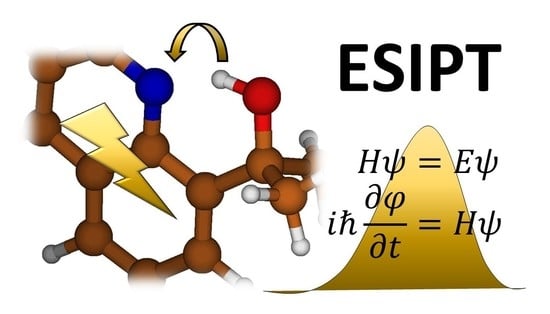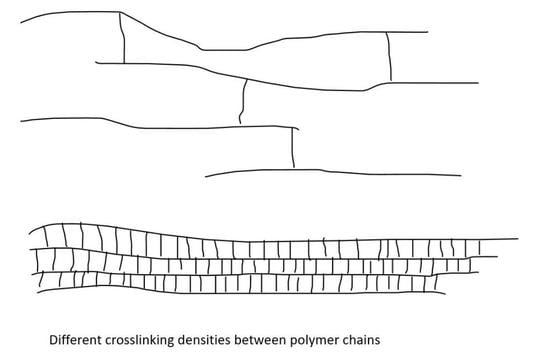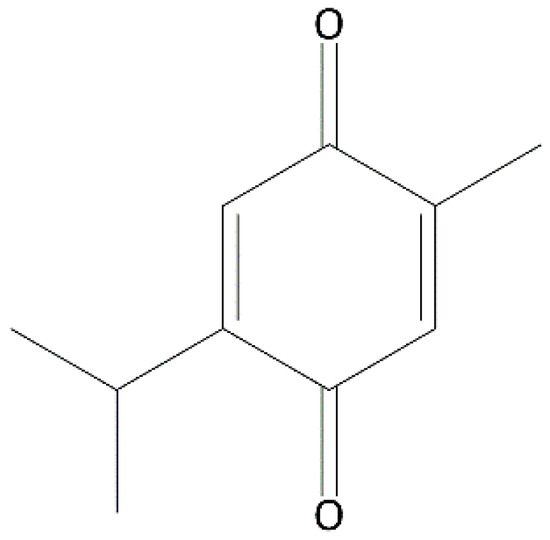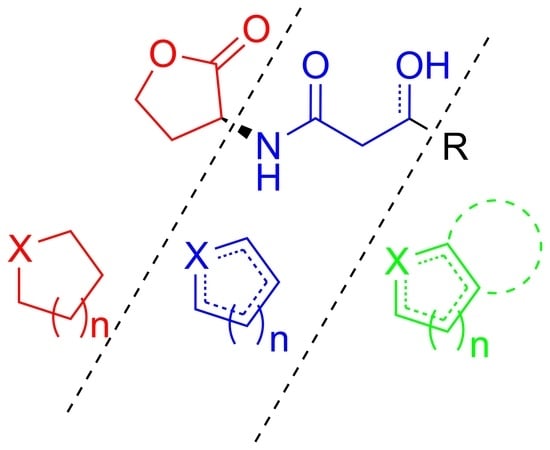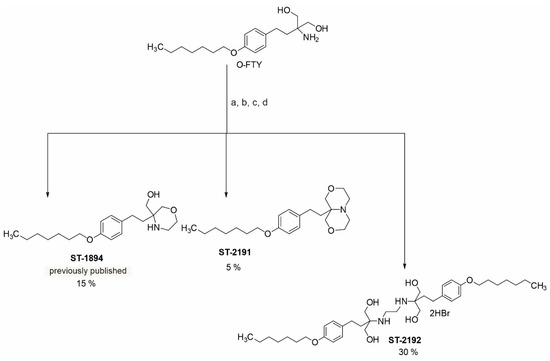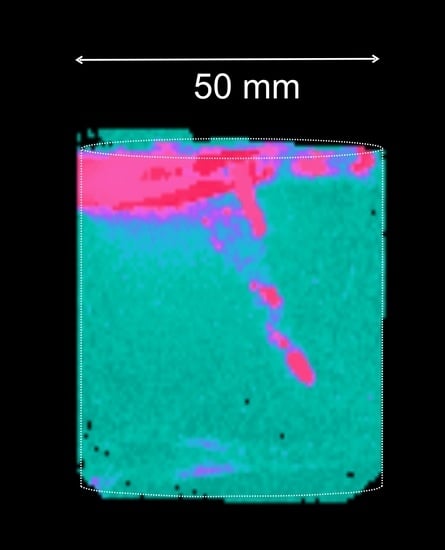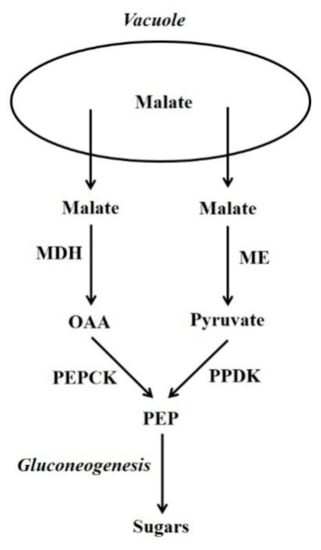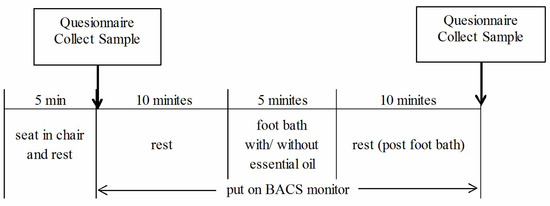Molecules 2021, 26(17), 5142; https://doi.org/10.3390/molecules26175142 - 25 Aug 2021
Cited by 7 | Viewed by 3240
Abstract
Steroid hormones play an essential role in a wide variety of actions in the body, such as in metabolism, inflammation, initiating and maintaining sexual differentiation and reproduction, immune functions, and stress response. Androgen, aromatase, and sulfatase pathway enzymes and nuclear receptors are responsible
[...] Read more.
Steroid hormones play an essential role in a wide variety of actions in the body, such as in metabolism, inflammation, initiating and maintaining sexual differentiation and reproduction, immune functions, and stress response. Androgen, aromatase, and sulfatase pathway enzymes and nuclear receptors are responsible for steroid biosynthesis and sensing steroid hormones. Changes in steroid homeostasis are associated with many endocrine diseases. Thus, the discovery and development of novel drug candidates require a detailed understanding of the small molecule structure–activity relationship with enzymes and receptors participating in steroid hormone synthesis, signaling, and metabolism. Here, we show that simple coumarin derivatives can be employed to build cost-efficiently a set of molecules that derive essential features that enable easy discovery of selective and high-affinity molecules to target proteins. In addition, these compounds are also potent tool molecules to study the metabolism of any small molecule.
Full article
(This article belongs to the Special Issue Synthesis and Bioactivity of Novel Coumarin Derivatives)
►
Show Figures


